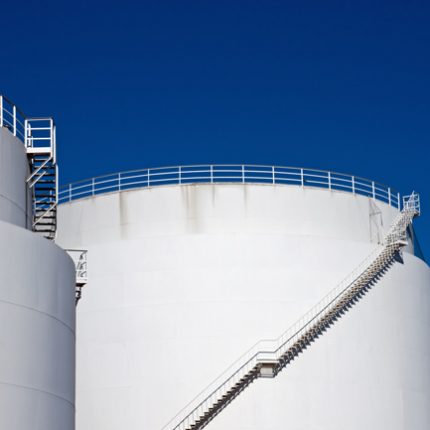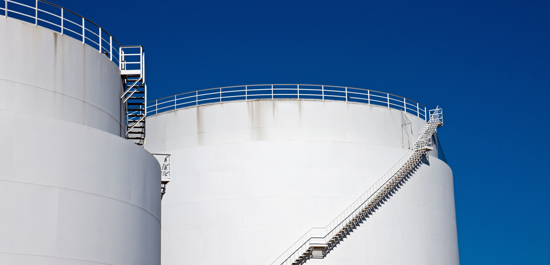Light Distillates

LIGHT DISTILLATES
The new market of % 0.5 sulfur needs more focus on lighter products. We – in PETROLAND – supply below items of light distillates:
Gasoline
Gasolines are all fuels that are used to generate motion for gasoline engines, which are used as automotive or aviation fuel.
The most important criteria for gasolines are their knock resistance and, related to this, the octane number (the research octane number RON is specified on the pump in Germany); a high energy content; being highly gasifiable; and minimal residue formation in the fuel system and engine.
Naphtha
Naphtha is primarily used as a base material for the production of high-grade gasoline by means of the catalytic reforming process. Naphtha is also a valuable feedstock for the petrochemical industry and its most important process, steam cracking.
Naphtha is the technical term for petroleum fractions that are rich in cycloalkanes (ring-shaped, saturated hydrocarbons). This colorless (with kerosene smell) or red-brown liquid (with an aromatics odor) intermediate product lies between the light gases of crude oil and the heavier, liquid kerosene and is insoluble in water.
A differentiation is made between light (less dense) and heavy (fairly dense) naphtha. Light naphtha boils at between 35°C and 130°C and has a higher paraffin content than heavy naphtha, which boils between 130°C and 210°C and contains a lot of naphthenes and aromatics. Compared to heavy naphtha, which is often further refined, light naphtha is the least processed product of a refinery.

